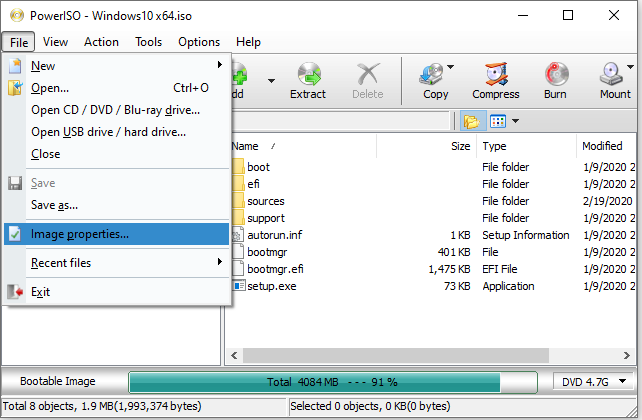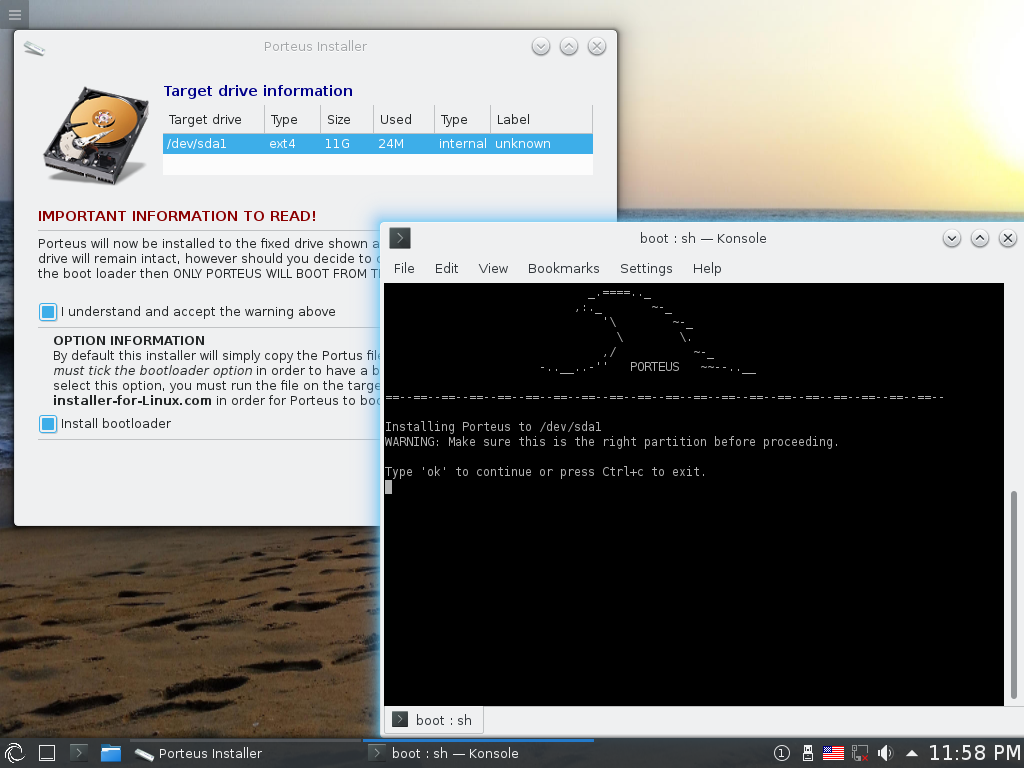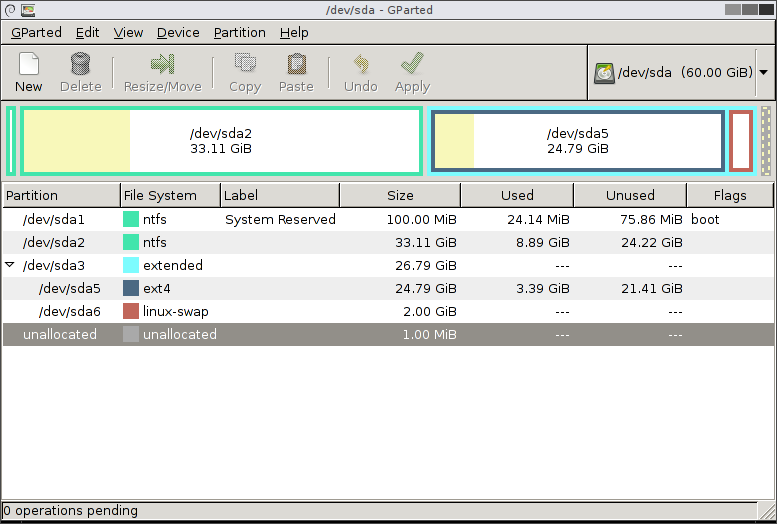

When converting some DMG file to ISO, please note that the resulting ISO is of HFS+ file system (Apple). The format is completely proprietary, the image can be password protected (encrypted) and split into multiple volumes (currently not supported by AnyToISO).ĭebian (Ubuntu) Linux image, compressed format.Īpple Macintosh OS X Disk Copy Disk Image File, uses compression and encryption. Linux CPIO archives and its compressed variants. Supported by Padus DiscJuggler, EZB Systems UltraISO, IsoBuster, PowerISO.

File format (extension)ī5I/B6I is a disc image created with BlindWrite version 5 and 6.īIN is a disk image format, supported by programs like Roxio Toast, NTI Dragon Burn, Roxio Easy Media Creator, Golden Hawk Technology CDRWin, Daemon Tools, IsoBuster, EZB Systems UltraISO.ĬDI is a disc image created using DiscJuggler. The following table contains the list of all CD/DVD and archive image formats that can be extracted or converted to ISO using AnyToISO. files (for the complete list please see 'Supported File Types' section below). File Extract/Convert to ISO on Windows & macOSĭownloaded a CD/DVD image or archive in an unknown format? No need to search and buy commercial software that supports this format: one app AnyToISO supports all formats including 7Z, BIN, DAA, DEB, DMG, IMG, ISO, ISZ, MDF, NRG, PKG, RAR, TAR.GZ, TAR.BZ2, XAR, ZIP. no-emul-boot -boot-load-size 4 -boot-info-table -J -R -V Your Disk Name Here.

your-new.iso -b isolinux/isolinux.bin -c isolinux/boot.cat Once finished we will repackage the directory into a new boot-able ISO file. Repackage the directory into a new ISO file # tar -cvf - linux | (cd /var/tmp/ & tar -xf - )Īt this point you can add to or modify any of the files and directories in the /var/tmp/linux directory. Since the ISO is read-only we will need to copy the contents into another directory that we can modify and add what we want. # mount -o loop /tmp/linux-install.iso /mnt/linux In order to access the contents of the ISO file we can mount it as a file system. The below steps are what I use to add a custom directory to the installation iso file.

There are many ways to reach a kickstart file during initial install (NFS, HTTP, FTP) but one of the ways I commonly use is to put the file on the installation DVD itself. In the office I use Red Hat quite often and one of the quicker ways to provision a Red Hat server is via kickstart.


 0 kommentar(er)
0 kommentar(er)
